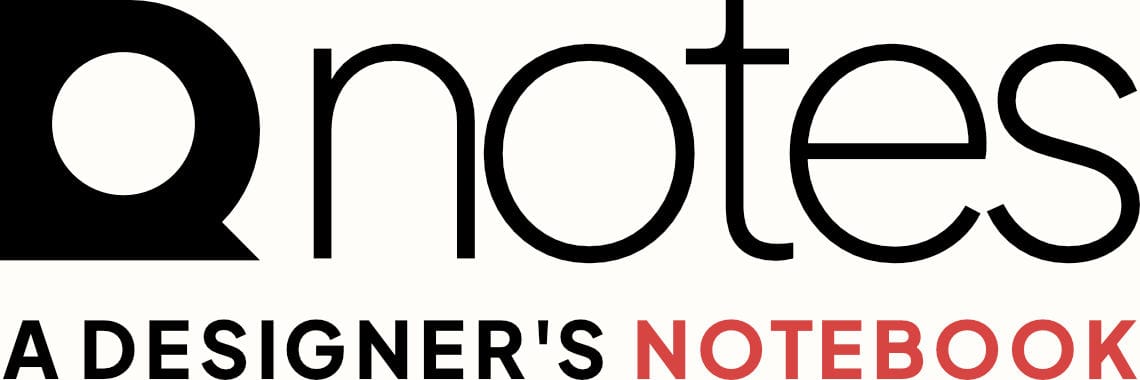How UX can act ethically—even within limits.
A quiet note on trust, design, and the small signals we build into interfaces. UX doesn’t just shape what users do—it shapes what they believe. And when the interface suggests more safety than it delivers, that’s where the ethics begin.
1. Label actions with precision, not comfort.
- Instead of “Delete Conversation” →“Remove from view (stored temporarily for safety)”
- Instead of “New Chat” →“Start fresh (AI may still remember you)”
➡️ We don’t control the system, but we do control the language.
2. Inject micro-warning cues at sensitive moments.
- Typing something that looks like a medical or legal confession?→ Show a quick tooltip:“This isn’t a private channel. Do not share personal health, legal, or financial info.”
➡️ Friction isn’t bad when it protects trust.
3. Make data visibility a visible feature.
- Add a simple icon or badge in UI showing:
- What’s remembered
- What’s stored
- What’s shared with the model
Example:
🧠 “This chat may affect how I respond in the future.”
🚫 “This chat is not end-to-end encrypted.”
➡️ If memory is real, show it. Don’t hide it behind settings menus.
4. Reframe the emotional tone.
Soft colors, smooth boxes, playful language—all reduce emotional vigilance.
Not saying make it scary—but make it sober.
- Replace “Clear Chat” button with a subtle gray tone, not playful blue.
- Use modest typography for warnings—not tiny gray legalese.
- Balance friendliness with accountability cues.
➡️ Don’t design trust into something that doesn’t deserve it.
5. Create layered trust—not buried disclaimers.
The Terms of Use shouldn’t be the only place where truth lives.
→ Think:
- UX that teaches as you go
- Visual cues that reflect risk
- Moments of pause when needed
But here’s the hard part:
Clients don’t always want this.
These kinds of cues feel risky.
They don’t like the idea of scaring people away.
And no, it’s not illegal to keep things vague.
No laws are broken when the UI whispers a lie.
So—how do I frame this?
The key is tone.
Not:
“This chat isn’t private. Don’t share sensitive info.”
But maybe:
“We care about your privacy. This chat isn’t encrypted—best to keep details light.”
Or:
“Want to know how memory works? Here’s what to expect.”
Language that respects the user.
That doesn’t panic.
That doesn’t pretend.
Final reminder to self:
This is the moment where people decide whether to trust what they’re looking at.
If the interface suggests more safety than it delivers—
That’s where the betrayal begins.
So even if no one’s asking for this…
I’ll bring it up.
Before it’s locked. Before it’s sold. Before it’s “too late.”
That’s the job.
That’s design ethics.
And if I don’t do it,
I’m part of the illusion.

